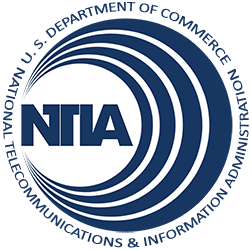University of Alaska Fairbanks
Bridging the e-Skills Gap in Alaska
Alaska and its rural communities often lack crucial broadband-enabled services like distance learning, public safety, and telehealth. The University of Alaska Fairbanks, spearheading the Alaska Distance Education Consortium, proposes to promote broadband adoption across the state by delivering relevant content and services, driven largely by online learning for professional development, to remote villages including dozens of Native Alaskan villages that are most in need of improved service and adoption levels. The project also plans to train “Village Internet Agents” to respond to the hardware and software needs of residents.
Total Award:
$4544546
